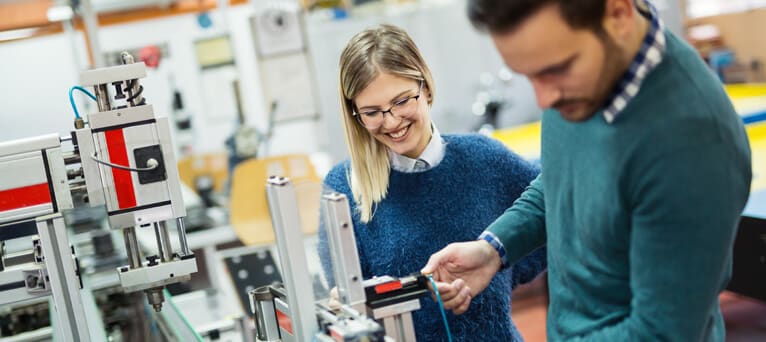Over the last 3.8 billion years Darwinian natural selection has iteratively honed and refined adaptations that have resulted in a multitude of solutions enabling life to thrive. The processes that impact and drive evolution through natural selection are analogous to the research-led iterative engineering design that underpins the development of manufactured materials. This project aims to explore the natural world for biomaterials (especially bone) that can help inform the development and manufacture of new materials and structures to meet specific mechanical design specifications (e.g. stiff, strong, tough structures). This approach is founded in the field of biomimetics, a term coined by Otto Schmitt in the 1950s, but in the light of new X-ray imaging techniques and technology that has greater potential today to achieve some of the field’s primary goals. A key primary goal being the transfer of ideas and analogues from biology to mechanically engineered structures.
Bone architecture is, in part, dependent on a mechanical input that regulates the (re)modelling of skeletal elements to an appropriate size and architecture to resist fracture during habitual use. This mechano-adaptation ensures that optimum bone mass and architecture are attained by the modelling and remodelling processes during growth.
Using X-ray computed tomography to determine the 3D geometry of the biomaterials of interest we will create 3D computational models and hence analyse a variety of interesting biomaterials structures by finite element modelling. To date very little work that has been undertaken on the mechanical performance of bone in different species (most work has focused upon humans, dogs and horses) and how this corelates to the bone architecture which varies significantly from species to species. We will explore interesting biomaterials structures from notable extant species (e.g. the wing bones and shoulder girdles of penguins which are known to experience large forces during under-water flight) as well as those from the fossil record (e.g. delicate pterosaur forelimb bones to the enormous vertebrae of sauropod dinosaurs). This will then lead to design optimisation for the most promising structures for different mechanical design specifications. These structures will then be manufactured for experimental testing using 3D printing technology.
Through a combination of computational analysis of the virtual models, and physical testing and time-lapse imaging of the behaviour of these 3D printed model structures t various loading scenarios, we will be able to examine the extent to which these optimised structures behave and fail under mechanical loading as expected. This will direct further iteration and manufacturing optimisation leading to testing of these re-engineered structures.
The project will exploit the world leading X-ray computed tomography and electron microscopy facilities within the Henry Royce Institute for Advanced Materials and the National Research Facility for Lab. X-ray CT. It would suit a candidate with a strong physics, engineering or biophysics background who wants to explore a career at the interface between materials science, biology, palaeobiology and the development/manufacture of next generation structures/materials.
Academic background of candidates
Applicants are expected to hold, or about to obtain, a minimum upper second class undergraduate degree (or equivalent) in a relevant subject area.
To make an application please do so here - https://www.manchester.ac.uk/study/postgraduate-research/admissions/how-to-apply/
Then search and select PhD Earth Science (academic programme) and PhD Palaeontology (academic plan)

 Continue with Facebook
Continue with Facebook



